From the July/August issue of Apollo: preview and subscribe here
Piero di Cosimo: The Poetry of Painting in Renaissance Florence
23 June–27 September 2015
Galleria degli Uffizi, Florence
—
Catalogue by Gretchen A. Hirschauer and Dennis Geronimus (eds.)
ISBN 9781848221734 (hardback), £45
(Lund Humphries and National Gallery of Art, Washington)
More than half of the surviving work of Piero di Cosimo (1462–1522) is preserved in North American collections, most of it acquired between the 1890s and the 1930s. The fact that the present exhibition, which began in Washington (where it was seen by this reviewer), before moving to Florence, is the first-ever comprehensive survey of his paintings, points to the degree to which rigid and normative connections of the Italian Renaissance have shaped the field in the post-war era. The years of Piero’s major activity (1490s–1520s), corresponded with the ‘High Renaissance’, when the centre of gravity in Italian art is held to have shifted to Rome, to the paradigm-changing priorities of Michelangelo and Raphael, and to a new canon of artists of the ‘modern manner’ identified by Giorgio Vasari in 1550 and 1568. Piero since Vasari has been treated as if he were a primitive ‘outsider’ artist, rather than an alternative path from the work of Leonardo to the vanguard art of Rosso and Pontormo in the second and third decades of the 16th century.
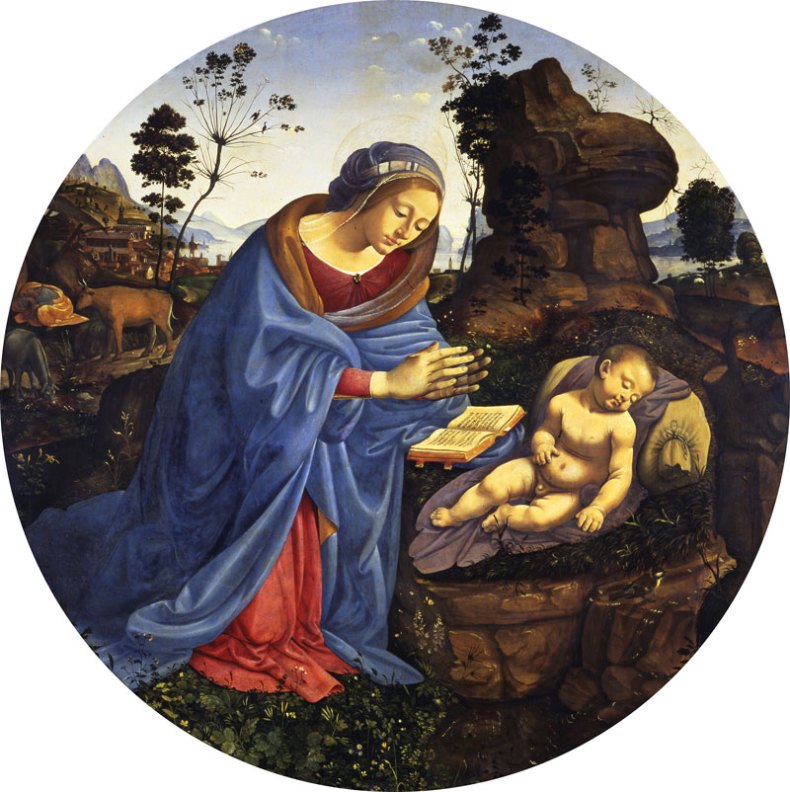
The Adoration of the Child (c. 1490-1500), Piero di Cosimo (1462-1522), oil on wood panel, diameter 160cm. Toledo Museum of Art, Ohio
With its delirious grins and swaying poses, the Virgin and Child with Angels (1506–08), from the Cini Collection in Venice, anticipates Pontormo’s Visdomini altarpiece from about a decade later. The great tondo of the Adoration of the Child from Toledo, Ohio, shows figures in a monumental scale, large-handed and heavy-featured, that is entirely of a piece with Florentine art in the wake of Botticelli and Filippino Lippi. Art historians in the mould of Wölfflin or Sydney Freedberg appear to have been distracted by what seemed prosaic quattrocento detail or a Flemish ‘literal’ quality in the depiction of the natural world: Raphael would never have waylaid our attention by rendering a rocky pond teeming with tadpoles beneath the figure of Christ.
The most serious problem in dealing with Piero is that of chronology: there are few secure dates or documented works, and Piero’s painting refuses any coherent arc of stylistic development. (Vasari was concerned by his abrupt shifts in style.) It seems reasonable to date the diptych of Giuliano da Sangallo and his grandfather Francesco Giamberti to around 1482, when the painter was absorbing the lessons of contemporary Flemish art: the male double-portrait is characteristic of north Italian courtly culture, as the well-travelled Sangallo would have known. Piero’s early career seems more intelligible in the light of a series of altarpieces, including the seldom-seen panel from Montevettolini near Pistoia , already strongly imprinted by Leonardo; the luminous altarpiece now in the Alana Collection; and the Pala Pugliese, complete with predella, for Leccetto, now in Saint Louis. The great 1493 Innocenti altarpiece is the climax: a late high point of the festive art of the Medici era. Piero’s later altarpieces and private devotional imagery assume a far less conventional and even experimental character: the Incarnation of Jesus from around 1504 is a bold visualisation of the words of the Ave Maria, with the viewer interpellated in the role of the angel before a Virgin Annunciate.
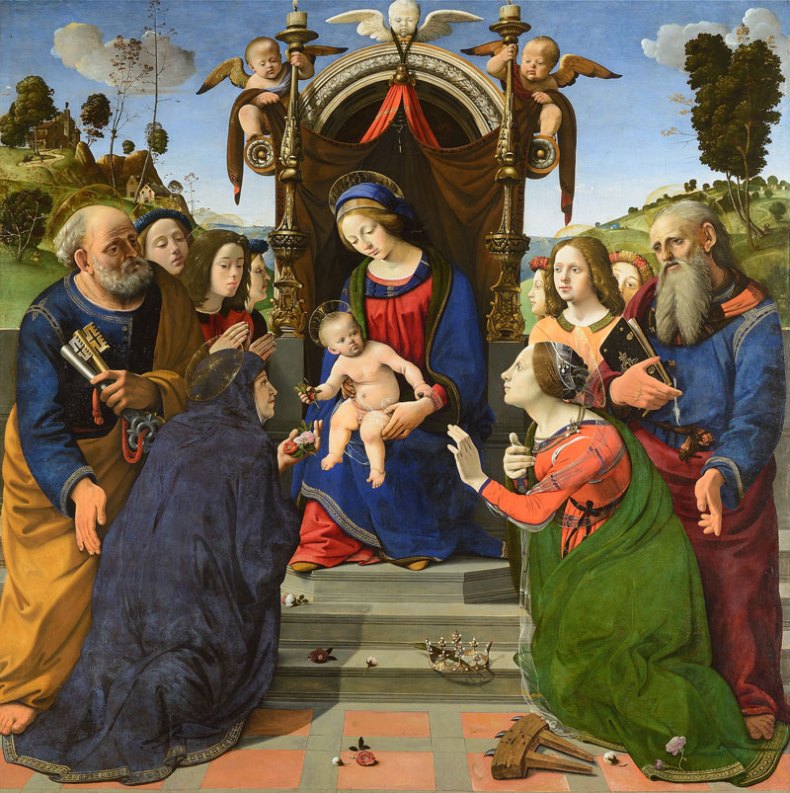
Madonna and Child Enthroned with Saints Elizabeth of Hungary, Catherine of Alexandria, Peter, and John the Evangelist with Angels (completed by 1493), Piero di Cosimo, oil and tempera on panel, 203 x 197cm. Museo degli Innocenti, Florence
The Vasarian notion of Piero as a capricious, instinctual artist disables any consideration of him as a cultural ‘activist’ who took positions. There is however some consensus about the Louvre Madonna and Child with a Dove (c. 1490–1500); the dark-haired and melancholy Madonna, who sports a modest shawl on her head and shoulders, was almost certainly painted after Savonarola’s ascendancy, and stands as a systematic undoing of the principles of Botticelli and other Medicean artists. The question arises of the extent to which Piero’s artistic identity was shaped by the uncertainties of the crisis-ridden Christian Republic, temporarily free of Medici domination.
Vasari’s difficulties with Piero di Cosimo were in large measure political: Piero was tainted by the fact that much of his productive life was in the 18 years when Florentine political identity was being reconstructed in the absence of the Medici. In the opening paragraphs of the 1550 edition of his Lives, Vasari condemned the artist as a false philosopher. The ‘false philosophy’ that Piero professed may not have been a coherent body of doctrine, but it may correspond to values traceable in his work. He rehearses certain themes throughout his pictorial imagery, regardless of the patron he is working for: the primitive origins of human society, the limits of the human itself, the unstable boundaries between the natural and the cultural, the human and the non-human. Vasari seems aware of these preoccupations, but projects them on to the ‘bestial’ artist himself.
Piero’s thematic consistency even bridges different categories of image, from the sacred to the non-sacred – the theme of the spontaneous generation of living things is manifest in the tadpoles of the Toledo painting, here providing a ‘natural metaphor’ for the Virgin birth. This would reflect a Lucretian vein that runs throughout his work. In the Worcester panel of the Discovery of Honey (see p. 93), a baby satyr appears to be born from the trunk of a tree, alluding to the account in Lucretius of nature’s own generation of new creatures through womb-like forms rooted in the earth.

Madonna and Child with Saints Lazarus and Sebastian (c. 1480-85), Piero di Cosimo, oil and tempoera on panel, 165 x 123cm. Church of SS Michele Arcangelo e Lorenzo Martire, Montevettolini
The reformed Republic sought to displace the Golden Age political myths of the Medici regime. As the poet of the nature of things, Lucretius provided a more comprehensive interpretation of myth than, say, Ovid or Virgil. There is something of a pattern in the association of Lucretian materialism with major figures of the post-Medici Republic. Machiavelli copied the poet in his own hand; the text was known to Filippo Strozzi the Younger, who was certainly a sworn enemy of the Medici by the time Vasari wrote; and even perhaps to Leonardo da Vinci. It is interesting that the condemnation of Lucretius in 1514 was at the behest of a Medici pope; but it had little effect, and other popes did not follow suit. Many orthodox Christians embraced Lucretius and the poem was never placed on the Index.
Piero’s images resonate with a particular tendency in the anthropological and sociological thought of the later Renaissance: that human nature is unfixed and indeterminate, where boundaries between human and animal nature threaten to dissolve. And here we have to assess his importance in terms much broader than the Florence of the 1500s: Piero belongs as much in histories of materialism and anti-idealism, as in the history of painting.
Stephen Campbell is the Henry and Elizabeth Wiesenfeld Professor of Art at Johns Hopkins, Baltimore.
Click here to buy the latest issue of Apollo
Unlimited access from just $16 every 3 months
Subscribe to get unlimited and exclusive access to the top art stories, interviews and exhibition reviews.

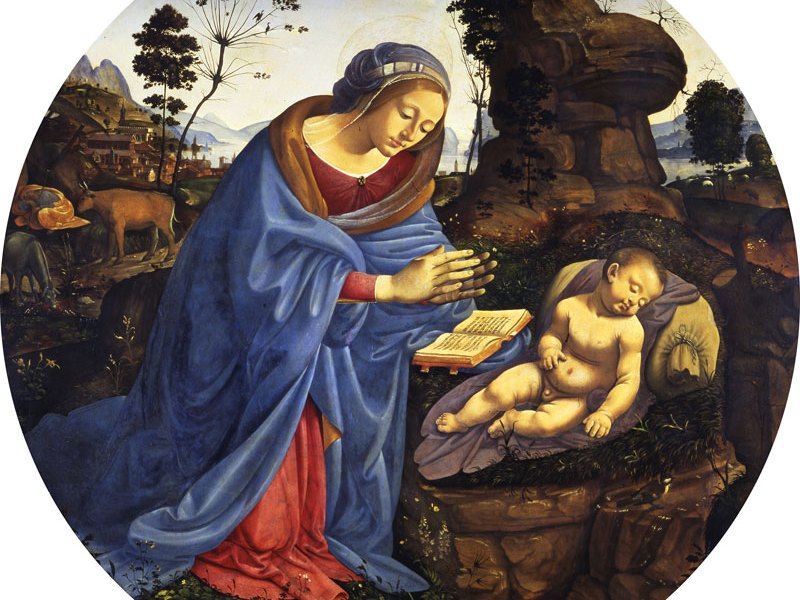
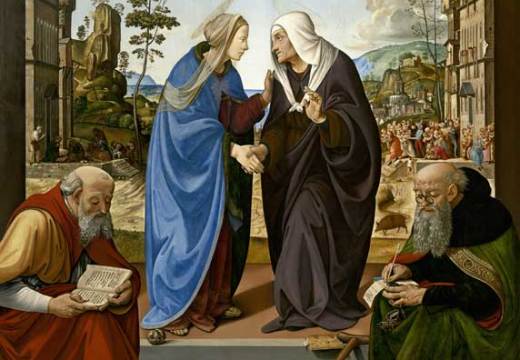
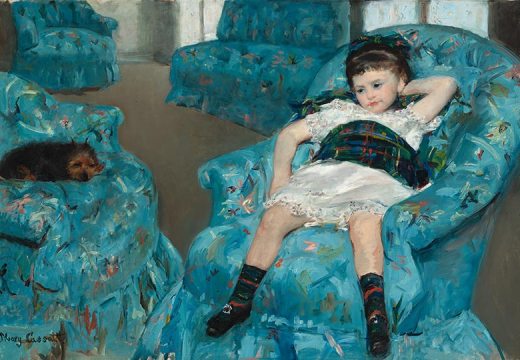
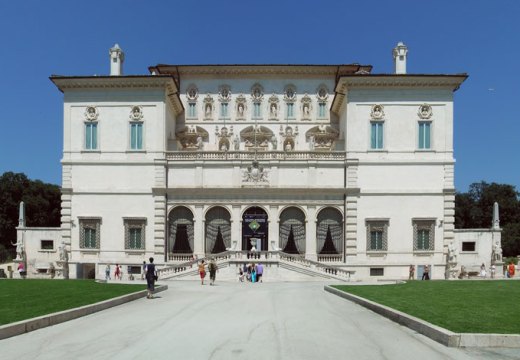








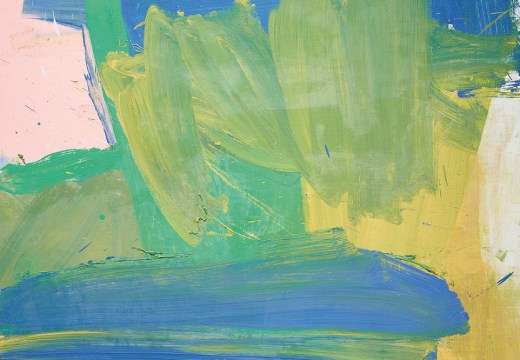
![Masterpiece [Re]discovery 2022. Photo: Ben Fisher Photography, courtesy of Masterpiece London](http://www.apollo-magazine.com/wp-content/uploads/2022/07/MPL2022_4263.jpg)
Why are fathers so absent from art history?